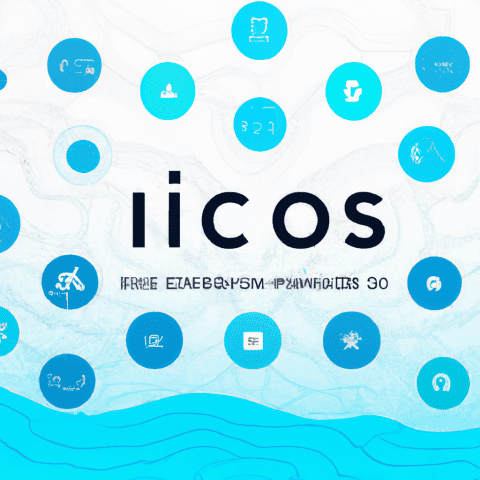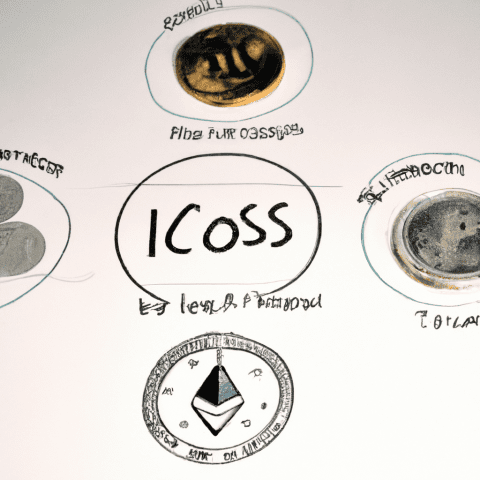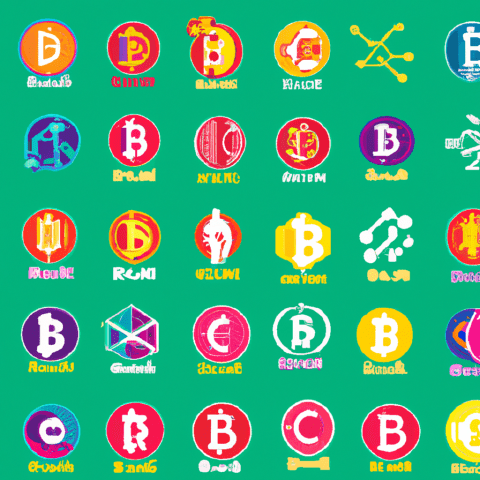In the fast-paced world of cryptocurrency, Initial Coin Offerings (ICOs) and Initial Exchange Offerings (IEOs) have become popular methods for companies to raise funds. Understanding the differences between ICOs and IEOs is crucial for investors looking to navigate this ever-changing landscape. In this article, we will delve into the key distinctions between ICOs and IEOs, highlight the top ICOs and IEOs to watch in 2021, provide the latest updates and analysis on ICO and IEO news, and offer insights on what to expect in the upcoming ICO and IEO market. Join us as we explore the world of ICOs and IEOs, and learn how to navigate this exciting and dynamic sector of the crypto market.
1. "Exploring the Differences Between ICOs and IEOs"
ICO (Initial Coin Offering) and IEO (Initial Exchange Offering) are both methods used by blockchain startups to raise funds by issuing tokens to investors. While both ICOs and IEOs serve a similar purpose, there are key differences between the two that potential investors should be aware of.
One of the main differences between ICOs and IEOs is the platform on which they are conducted. ICOs are typically conducted by the project team themselves on their own website or platform. This means that investors need to do their own due diligence to ensure that the project is legitimate and the token sale is secure. On the other hand, IEOs are conducted on cryptocurrency exchanges, where the exchange acts as a middleman between the project team and investors. This provides an added layer of security and credibility to the token sale, as the exchange has already vetted the project before listing it on their platform.
Another difference between ICOs and IEOs is the level of investor protection. In ICOs, investors send their funds directly to the project team's wallet address in exchange for tokens. This means that if the project turns out to be a scam or fails to deliver on its promises, investors have little recourse to recover their funds. In contrast, IEOs conducted on exchanges require investors to create an account on the exchange and go through a KYC (Know Your Customer) process before participating in the token sale. This provides investors with an added layer of protection, as the exchange can help investigate any fraudulent activities and potentially refund investors in case of a scam.
Overall, while both ICOs and IEOs have their own advantages and disadvantages, investors should carefully consider the differences between the two before deciding to participate in a token sale. Stay updated on the latest ICO and IEO news to make informed investment decisions and keep an eye out for top ICOs and upcoming IEOs that show potential for growth in the blockchain industry.















